While eye diseases are more common as people age, it is a fallacy that the young are immune from eye diseases. This is why it’s important for people of all ages to regularly get a quality and comprehensive eye examination to ensure the health of one’s eyes. The following cases illustrate the point.
Some time ago, a mother brought her 18-month-old baby for a consultation as she had noticed what appeared to be a strabismus (inwardly turned eye). Initially I was unable to detect a turn in the eye which is not uncommon at that age as the appearance can be caused by a fold of skin concealing part of the white of the eye.
However, as I investigated further, I was able to get a reflection from inside the eye which raised the suspicion of a serious abnormality. The baby was referred to an ophthalmologist for examination under anaesthesia which revealed a retinoblastoma, a tumour which if left untreated can be fatal.
Fortunately, due to early intervention the condition was treated successfully and the baby’s life was saved.
Another case was a 32-year-old male who presented with blurred distance vision. Spectacles corrected the vision but when we used drops to dilate his pupils to check the back of the eye, there were signs frequently associated with a brain tumour. The patient was referred to a neurosurgeon who performed surgery, and whilst very sadly the patient died 4 years later, his life was extended by the ocular diagnosis.
While these cases are relatively uncommon, undetected focusing error in young patients can result in underdevelopment of the nerve pathways between the eye and the brain, resulting in loss of vision in one or both eyes and in some cases a “turn in the eye “with cosmetic implications. The misalignment of the eyes can also cause social problems because it can cause confusion about who the person is talking to.
These situations highlight the importance of a comprehensive optometric examination when the optical prescription is checked.









